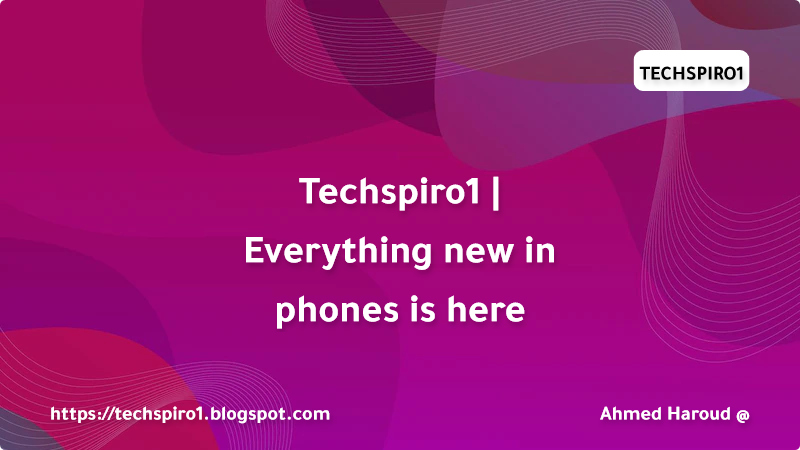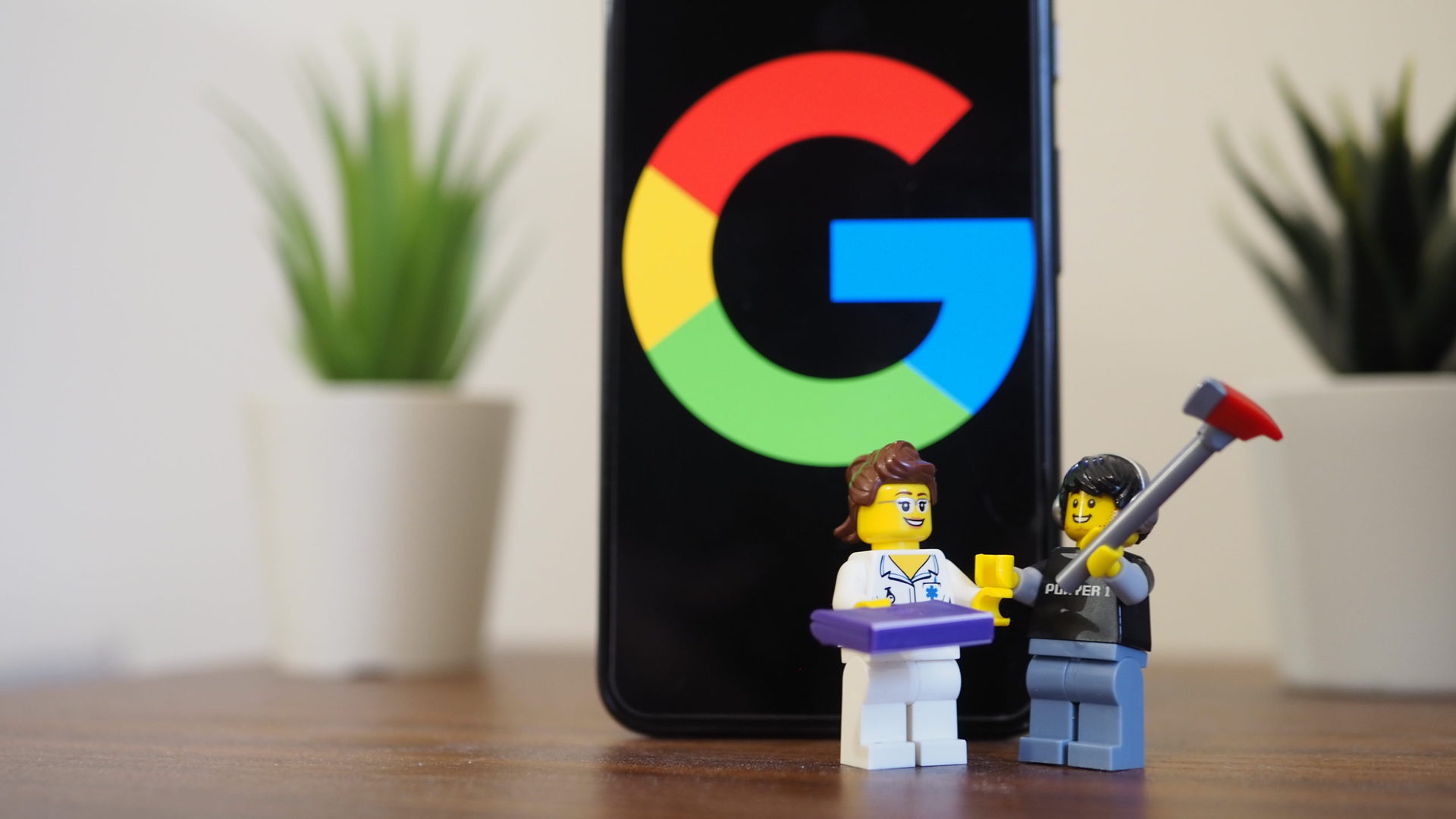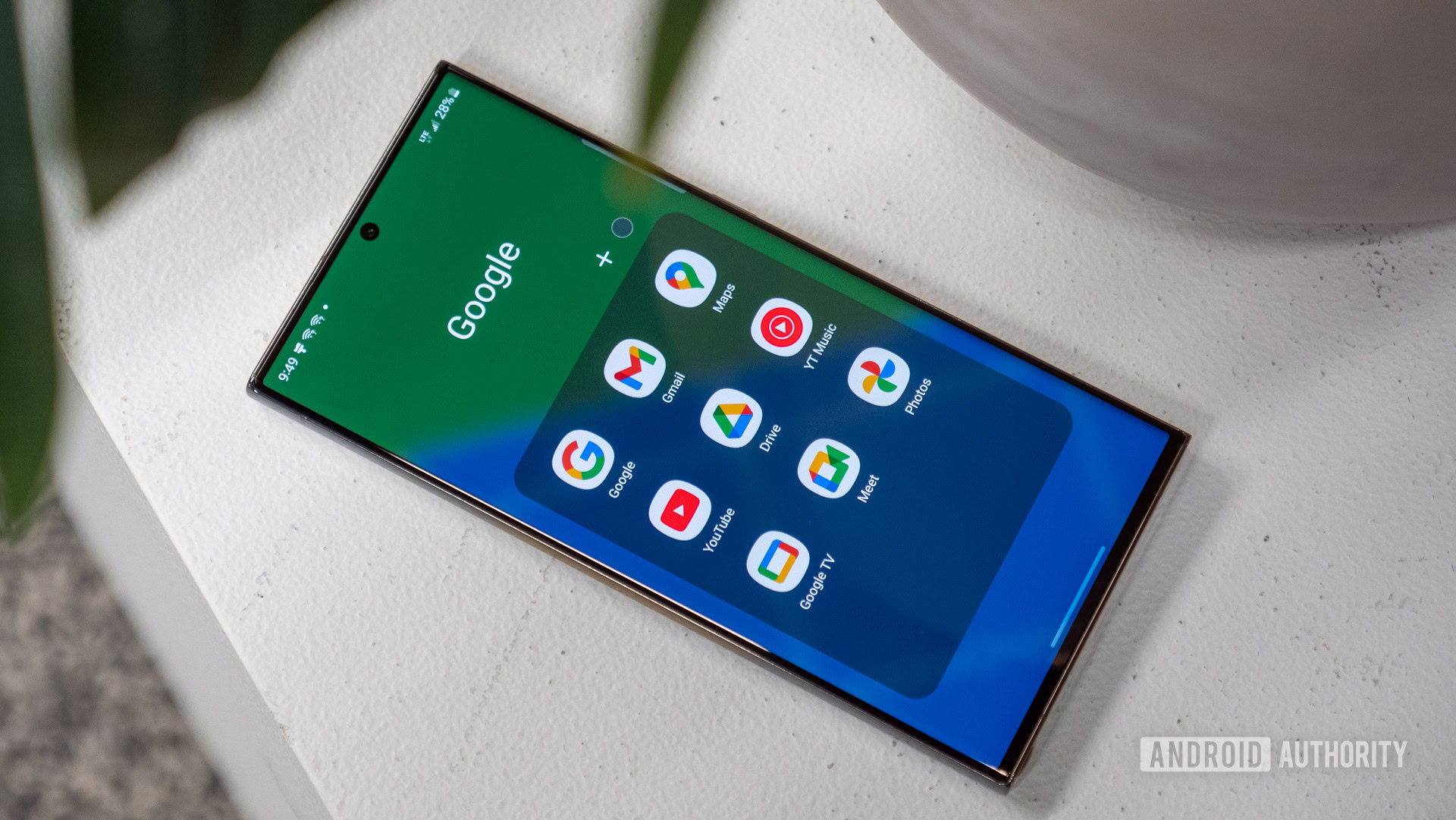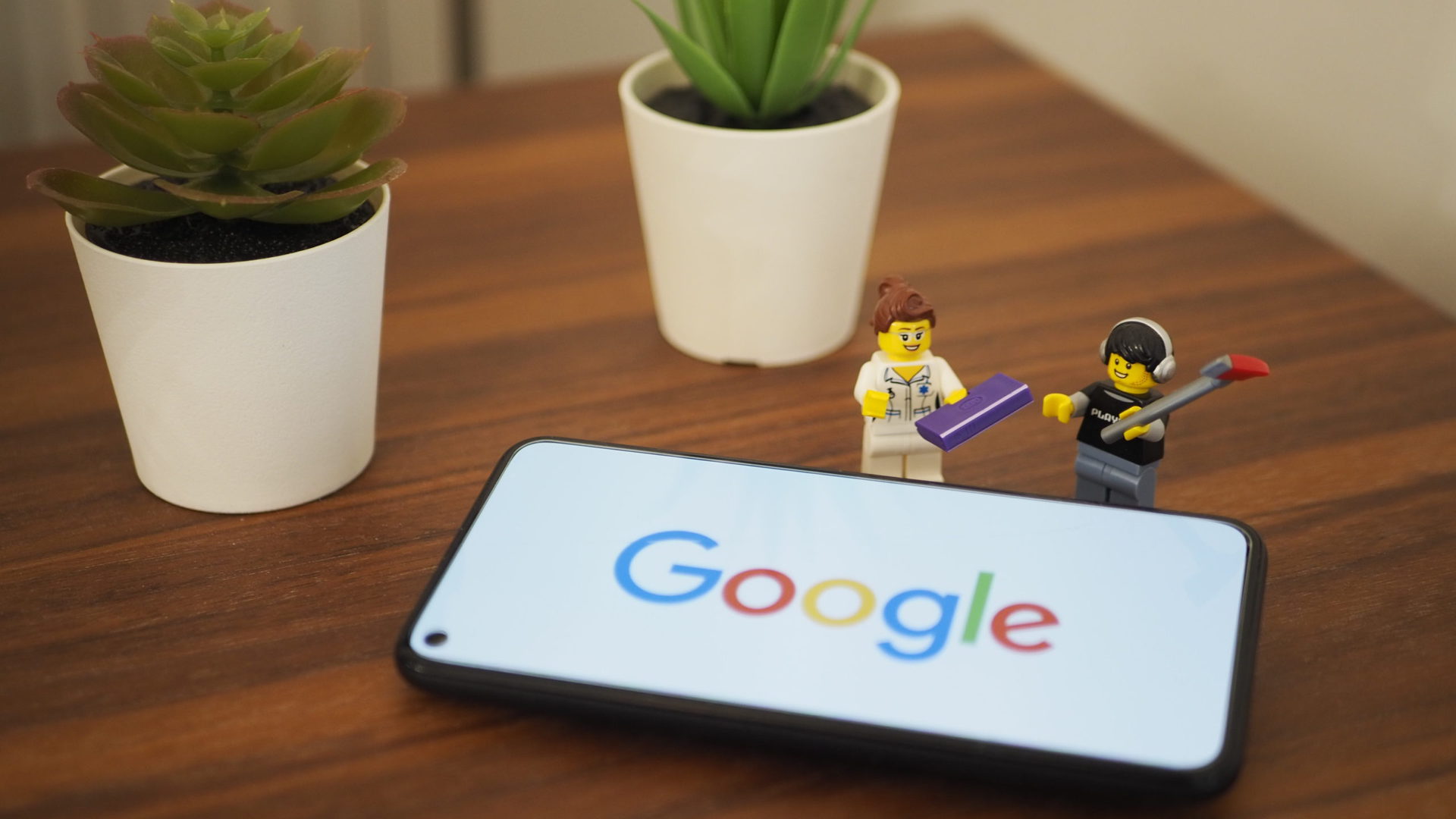

Rita El Khoury/Android Authority
So dominant is Google’s presence in my life today that sometimes I feel like I’ve lost sight of what first brought me into its ecosystem. It was 2007; I had a Hotmail account and a Toshiba laptop with Windows XP, used Firefox as my browser of choice, and was pretty hooked on Nokia smartphones, but I was also considering getting an Apple MacBook. Google was nothing more than a search engine to me at the time, and the idea of having a second email account seemed preposterous. But a few of my online friends kept pestering me to sign up for a Gmail account, drawing me in with a whopping 2.8GB of free storage and threaded conversations! As a tech enthusiast, I couldn’t help but succumb to the hip and rebellious proposal.
That started a long journey with Google slowly, but surely, spreading its tentacles into my online presence and my real life as well. I look at my tech footprint today and see that over 70% of it is cooped up in Google’s fortress. My precious memories? Google Images. my important files? Google Drive. All my searching and browsing? Google Chrome. My phone? Google Pixel 7 Pro. My full presence at work? Google Workspace.
It is hard to imagine a particular moment when things get so big; The invasion was gradual and consensual. But looking back, I can’t help but feel a disconnect between what got me to Google in the first place and where I end up today.
In 2007, choosing Google was a declaration of independence from the duopoly of Microsoft and Apple.
In 2007, a Gmail account seemed like an automatic choice. Choosing that was akin to declaring supremacy over the Microsoft-Apple duopoly. Google was the “third” choice, the bipartisan choice. She was more open and flexible, and with every service the company launched, she nurtured that image of openness and freedom. Here is Google Chrome – it’s available for both Mac and Windows! And here’s Google Drive, Docs, and Sheets – accessible from any browser! Oh how about Google Photos – you can use it on Android, iOS or the web! You get the gist.

Ryan Haines/Android Authority
Suddenly, there’s a Google smart speaker in my house. Google Maps knows every move I’ve taken in the past decade, there’s photographic proof of that and all the people I know are in pictures. Chrome knows my passwords, credit cards, and entire browsing history, Google has gotten my 10 years of heart rate data and sleep patterns from Fitbit, and I still somehow trust it with the phone number of everyone I know. How grim is this wretch?
In retrospect, I would take most of the blame. But aren’t most of us victims of our online naivety in the late 2000s and early 2000s? We haven’t looked too far ahead or with much scrutiny into any privacy or security issues. Simplicity, interoperability, and general coolness were the biggest concerns.
I was so afraid of being locked into certain hardware and software, that I didn’t see the danger of being locked into a single Google account.
So as Google adopted a more open attitude, I found myself accepting most of their services without giving them a second thought – and it was so easy! I was so afraid of being locked into certain devices and platforms, that I didn’t see the danger of being locked into a single Google account. And when I realized that, the damage was done. Now, I can’t imagine the mess I’d be in if I lost access to this crucial piece of my online identity.

Rita El Khoury/Android Authority
In a much shorter time, it’s now clear to me that I’ve been on a journey of partial liberation from Google for the past two years. Since I was tired of being dependent on one account and one login, I started taking side steps to remedy that.
I recently realized that I’ve been on a slow journey of deregulating Google for the past few years.
My most important data came first, so all of my photos, videos, and personal documents are now on my Synology NAS drive. I have set up automatic backups of my computer and my phone so I don’t have to think about it. And sure, I still use Google Photos for its amazing collage and smart features, but I know Synology Photos will still be there when I need them. Likewise, I still enjoy Drive’s direct collaboration features in Docs and Sheets, but I no longer trust all of my files.
Every now and then, I back up some other easy-to-export data like contacts, calendars, and bookmarks. And I’ve chosen other independent services for streaming music (Spotify), task management (Todoist), password manager (1Password), and travel planning (Wanderlog). In addition to the Nest Audio, Mini, and Hub, all of my smart home gear is cross-platform and also compatible with iOS, Amazon Alexa, and Apple HomeKit in some cases. I don’t want to uninstall the thermostat if I decide to switch smart home platforms. Oh, and I balanced the Pixelbook with the iMac and iPad, because using one platform is just too boring.
Now, I feel more free to choose cross-platform services that aren’t associated with my Google account.
Additionally, I realize that there is a huge benefit to having a concentrated amount of personal data in the same place. Adding calendar events from Gmail is very useful, and navigating to a meeting from the calendar site is much neater. Plus, as an avid traveler myself, seeing Google Maps history and photos next to each other is like going into a time machine and warping back to that exact moment and place.
But he does Everything Should they be connected to each other? of course not. As the business progresses, I’m slowly finding my personal balance between cross-platform freedom, handing over all of my digital presence to Google, and using standalone software.
